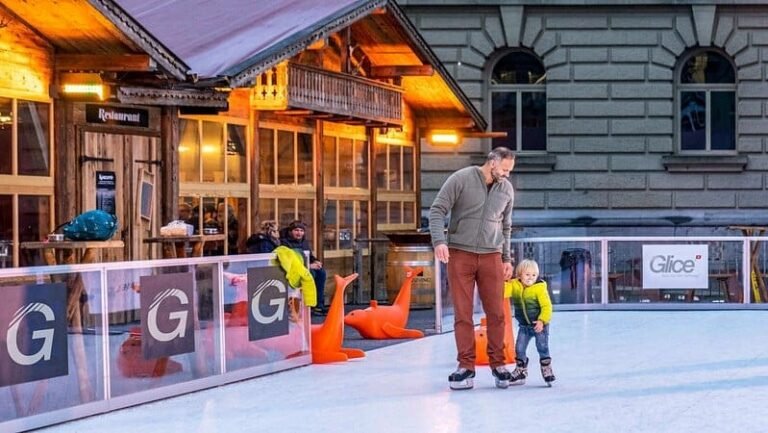In the dynamic world of real estate, marketing stands out as a critical tool for success. It’s not just about selling properties; it’s about creating a brand, building relationships, and standing out in a crowded marketplace. With the evolution of technology and changing consumer behaviors, the types of marketing strategies employed by real estate professionals have expanded significantly. This article delves into the various marketing types within the real estate sector, providing insights into their applications, benefits, and how they can be integrated into a comprehensive marketing plan.
Traditional Marketing in Real Estate
Traditional real estate marketing methods, though sometimes considered outdated, still hold significant value in today’s digital age. This category includes print advertisements in newspapers and magazines, direct mail campaigns, billboards, and networking at events. These strategies excel in reaching a local audience and establishing a tangible presence in the community. For instance, well-designed brochures or flyers distributed in a targeted neighborhood can capture the attention of potential buyers who might not be actively searching online.
Networking, a cornerstone of traditional marketing, leverages personal relationships and face-to-face interactions to build trust and recognition. Attending local events, sponsoring community activities, and participating in real estate fairs can create opportunities for real estate professionals to connect with potential clients personally. This direct interaction fosters a sense of reliability and personal investment, often leading to word-of-mouth referrals which are invaluable in the real estate industry.
Digital Marketing: A New Era for Real Estate
The advent of digital marketing has transformed the real estate landscape, offering innovative ways to reach and engage with potential clients. This broad category encompasses a range of strategies from website development and search engine optimization (SEO) to social media marketing and email campaigns. A well-optimized website acts as the digital storefront for your real estate business, showcasing properties, testimonials, and valuable content that can attract and retain clients.
Social media platforms, such as Facebook, Instagram, and LinkedIn, offer powerful tools for real estate professionals to share listings, provide market insights, and engage with their audience in a more informal and interactive manner. By leveraging high-quality visuals, virtual tours, and engaging content, real estate marketers can enhance their brand visibility and connect with a wider audience. Email marketing, personalized and content-rich, can keep past and potential clients informed about market trends, new listings, and relevant news, nurturing leads over time.
Content Marketing: Building Value Beyond Listings
Content marketing in real estate is about providing value beyond just listing properties for sale. This approach focuses on creating and sharing informative content that potential buyers and sellers find useful. Blogs, infographics, videos, and podcasts can cover a range of topics, from home improvement tips and market trends to financing advice and neighborhood guides. This type of marketing positions real estate professionals as industry experts, building trust with the audience.
Moreover, integrating list stacking techniques within content marketing can further personalize the experience for potential clients. For example, creating segmented content tailored to first-time homebuyers, luxury property seekers, or commercial investors can address specific interests and needs, making your marketing efforts more relevant and effective. By providing valuable content, real estate professionals can attract a loyal following, generate quality leads, and ultimately, close more deals.
Relationship Marketing: Cultivating Long-Term Connections
Relationship marketing emphasizes building long-term relationships with clients rather than focusing solely on individual transactions. This approach is particularly effective in real estate, where repeat business and referrals are crucial. Personalized communication, exceptional customer service, and consistent follow-up can turn one-time clients into lifelong advocates.
Implementing a customer relationship management (CRM) system can enhance these efforts, allowing real estate professionals to maintain detailed records of client preferences, past interactions, and key milestones. Personal touches, like celebrating anniversaries of home purchases or sending holiday greetings, can make clients feel valued and more likely to recommend your services to others. In this context, list stacking can be used to categorize clients based on various criteria, ensuring that communications are tailored and relevant, further strengthening the client-agent bond.
Video Marketing: Engaging Prospects Visually
Video marketing has surged in popularity within the real estate industry, providing a dynamic way to showcase properties and share valuable content. From virtual tours and drone footage to agent introductions and client testimonials, video content offers an immersive experience that static images and text cannot match. These visual stories can captivate potential buyers, allowing them to envision themselves in the space and connect emotionally with the property before ever stepping foot inside.
Additionally, video content can significantly enhance a real estate professional’s online presence, especially when shared on social media platforms and YouTube. This not only improves SEO rankings but also increases engagement rates, as videos are more likely to be shared and commented on than other types of content. By incorporating list stacking techniques, agents can personalize video content for different segments of their audience, making it more relevant and impactful.
Influencer and Partnership Marketing: Leveraging Collaborative Influence
Influencer and partnership marketing involve collaborating with individuals or businesses that have a significant following or influence in a particular market or community. In real estate, this could mean partnering with local influencers, interior designers, home improvement experts, or even financial advisors to reach a broader audience. These partnerships can lead to co-created content, joint events, or cross-promotion opportunities that benefit all parties involved.
The key to successful influencer and partnership marketing lies in choosing collaborators whose brand values align with your own and whose audience overlaps with your target clients. This alignment ensures that the content is relevant and adds value, enhancing credibility and trust among potential clients. Real estate professionals can use list stacking to identify and categorize potential partners and influencers based on various criteria, such as their niche, audience demographics, and engagement rates, to maximize the effectiveness of these collaborations.
Event Marketing: Creating Memorable Experiences
Event marketing in real estate involves hosting or participating in events to connect with potential clients, network with industry professionals, and build brand awareness. These events can range from open houses and educational seminars to community gatherings and sponsorship of local events. By providing a platform for direct interaction, events offer a unique opportunity to engage with clients in a personal and memorable way, fostering relationships and generating leads.
To enhance the impact of event marketing, real estate professionals can employ list stacking to tailor invitations and communications to specific groups, ensuring that the content and messaging resonate with the intended audience. Following up after events with personalized messages or content can continue the conversation and nurture leads. Effective event marketing not only showcases properties but also demonstrates the agent’s expertise and commitment to the community, establishing a strong, trustworthy presence in the market.
Conclusion
Real estate marketing is a multifaceted domain, encompassing a range of strategies from traditional to digital, content to relationship marketing. Each type offers unique benefits and can be tailored to meet the specific needs of the target audience. In today’s competitive market, a blend of these marketing types, coupled with innovative techniques like list stacking, can provide a comprehensive approach to attract, engage, and retain clients. By staying adaptable, focusing on building value and relationships, and leveraging the latest marketing trends, real estate professionals can achieve sustained success and growth in their careers.





